spiralout
TPF Noob!
Have you guys discovered any way (scientific or otherwise) to predict a beautiful sunset? I've taken to looking out the window every 3 minutes or so while at work (I ALWAYS have to work at sunset!) trying to see if I can figure it out what conditions cause specific sunsets. I took a shot there the other day where the sky just went absolutely nuts- pinks and golds and purples, oh wow! :shock:- and I believe it had a lot to do with pretty good high altitude cloud cover. I've heard that dust also has a lot to do with it. I'm just curious... I'm fascinated with weather  .
.


![[No title]](/data/xfmg/thumbnail/42/42022-b164b48fbcd31e32040c4983ecb8983a.jpg?1619739981)
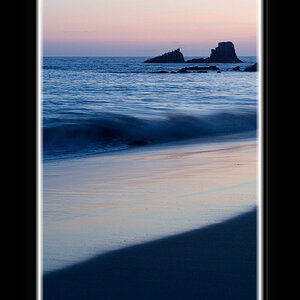
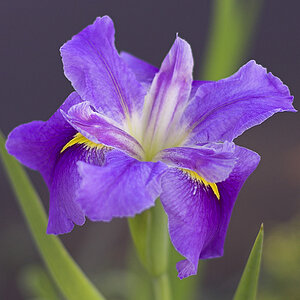

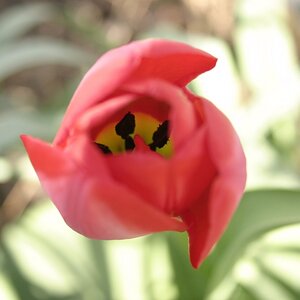
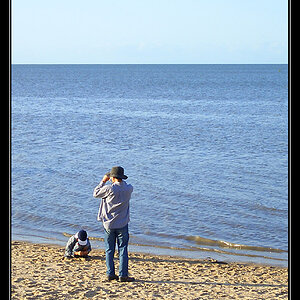
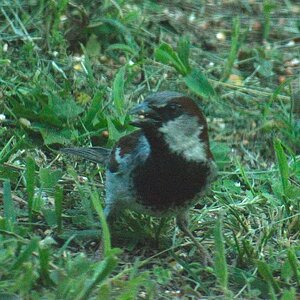
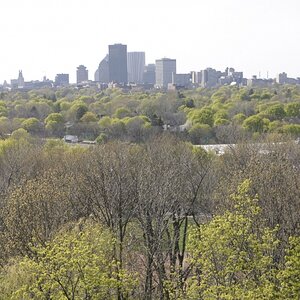
![[No title]](/data/xfmg/thumbnail/42/42026-4f14b406e4eb9c886f454721fb021fba.jpg?1619739982)
![[No title]](/data/xfmg/thumbnail/37/37603-739c5d9b541a083a12f2f30e45ca2b7b.jpg?1619738147)

![[No title]](/data/xfmg/thumbnail/33/33437-e75ccdc53ab9428f2dd0218e568181b1.jpg?1619735969)